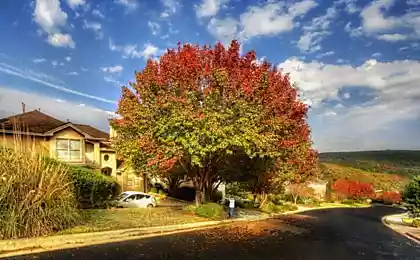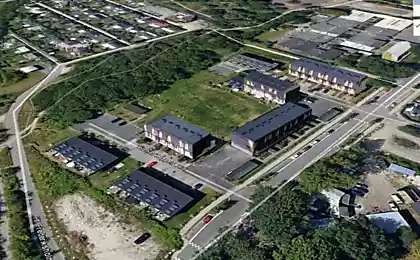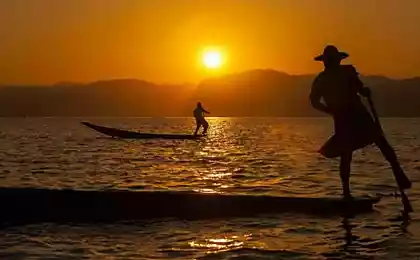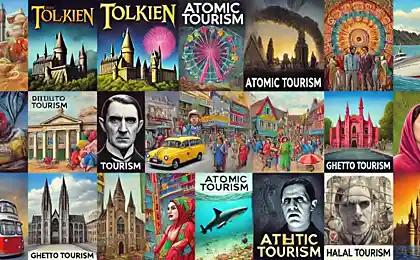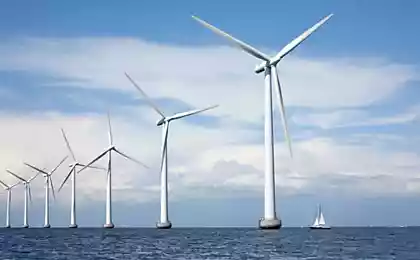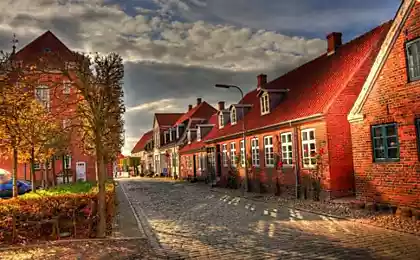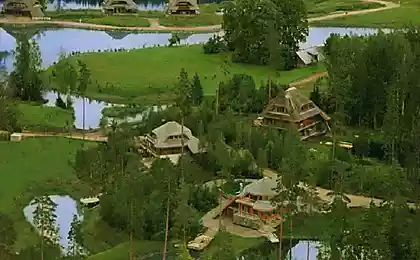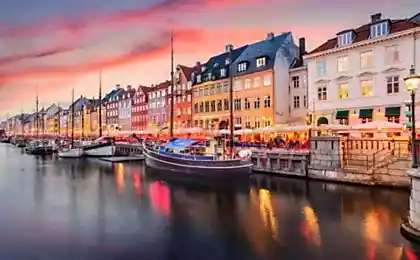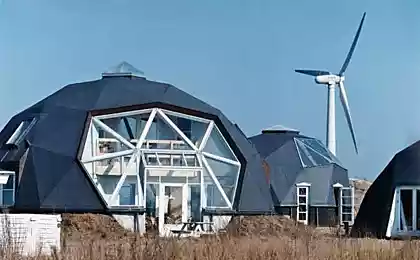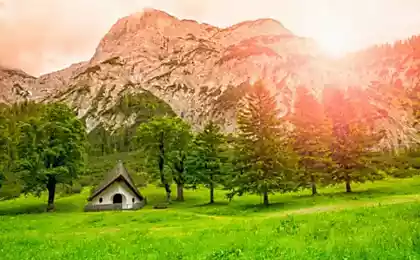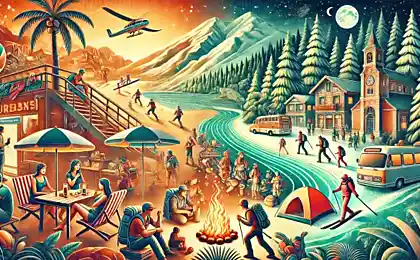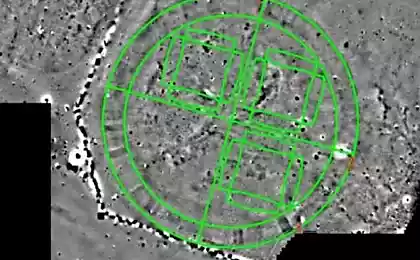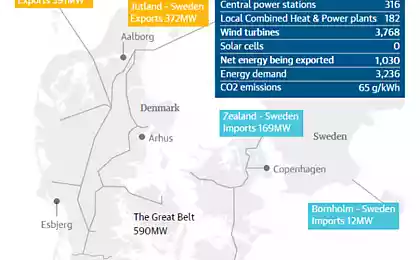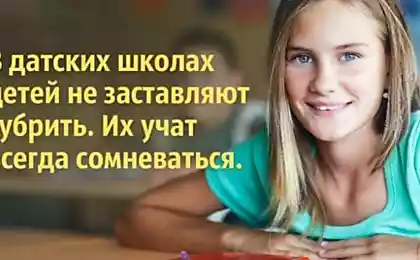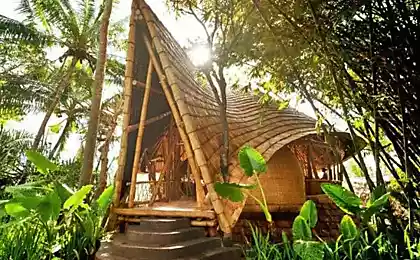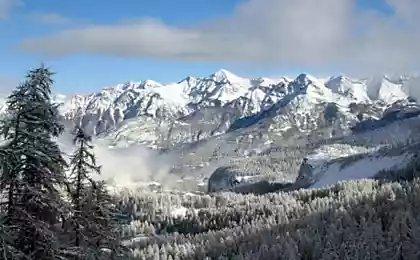559
The Danish ecovillage - Halligalli
The Danish island of Zealand is not one of those that “all covered with greenery, absolutely all of it”.
Rather the opposite: small towns and villages, roads and fields, and there are practically no forests. And every "piece" of land is brought to perfection: if a field without weeds, and holes, if the road is so solid and reliable. On the island it is difficult to find a vacant lot that isn't being used. It is understandable – the place is small.
In the centre of the island half an hour away by train from Copenhagen, is the ecovillage Halligalli. Halligalli is cohousing, i.e. the settlement where the family lives, United by certain values. Value here is openness, communication, democracy, ecological lifestyle, sustainable development and organic food.
The basis of this settlement there is no decisive theological ideas or philosophical system. People just want to live together, following eco-friendly principles. The settlement is relatively new. The first built a common house in 2005. After that began the construction of individual houses. In Challengeare families are building houses on their projects: currently the settlement of about 20 houses and a population of about 50 people.
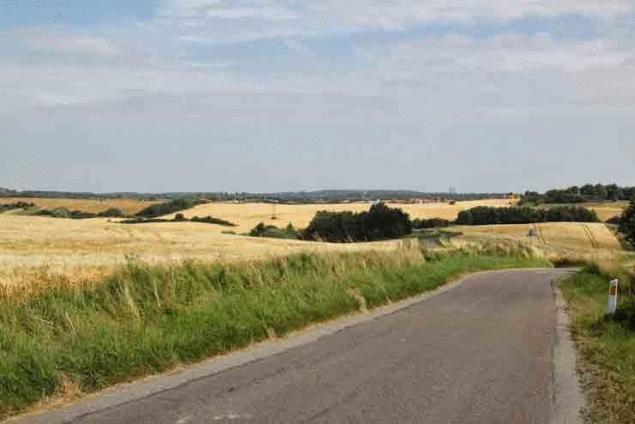
Challengers surroundings look like. Surrounded by fields, fields, fields...
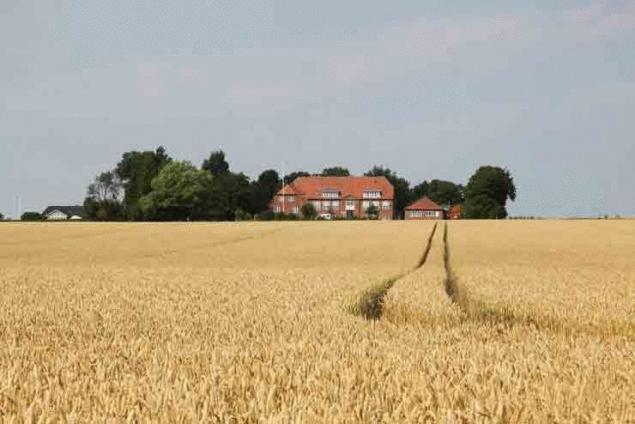
...and farm
At the entrance, near the Parking, collected all mailboxes. That's right – why chase the mailman between the houses?
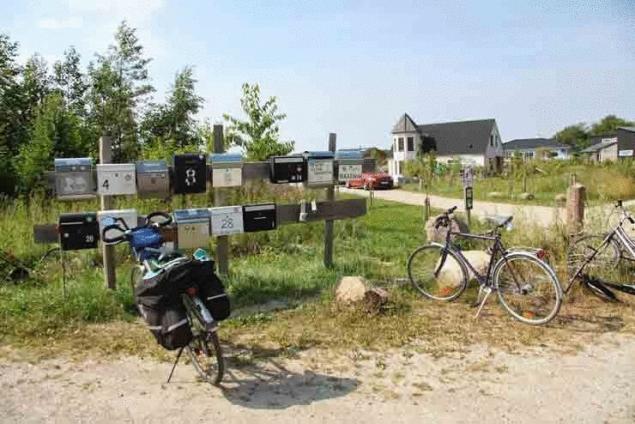
Go ahead...
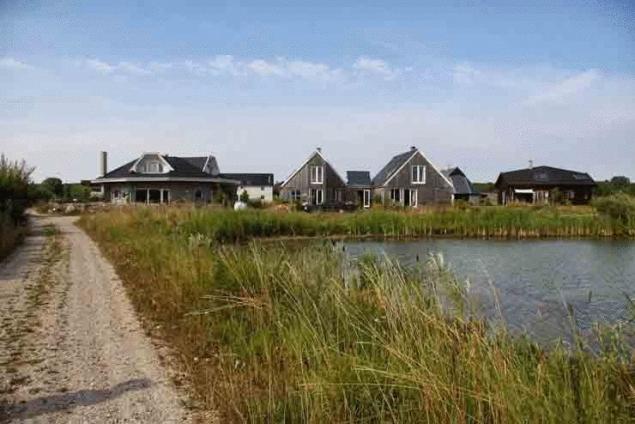
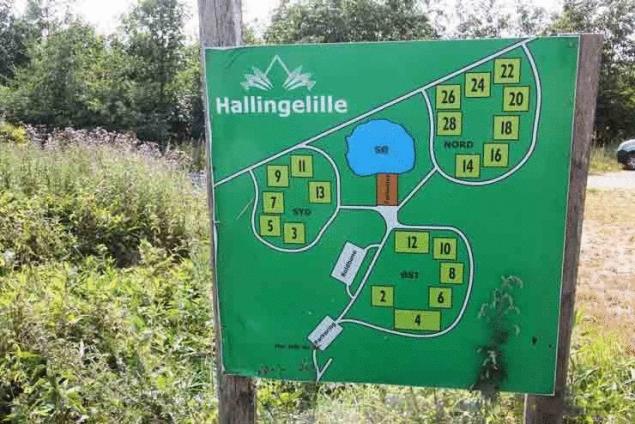
The layout of the settlement
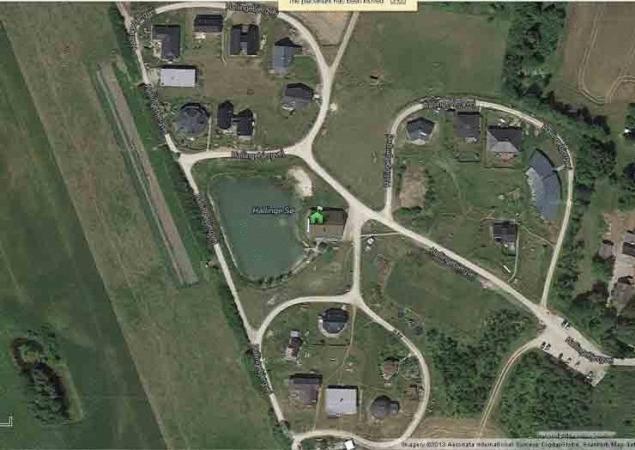
From space it looks also very nice. The settlement, as already mentioned, divided into three "neighborhood"
Live sustainably! People who live in Halligalli, moved here out of a desire to live environmentally friendly. In fact, the locals come to their way of life sustainably: life should be of high quality in social and economic aspect, but with minimal impact on the environment. There is no hard and fast rules and schemes. It is implied that life itself is a constant experiment and search for new solutions. Residents have established separate collection of waste. Make organic compost for their gardens. The rest of sorted garbage collects the municipality.
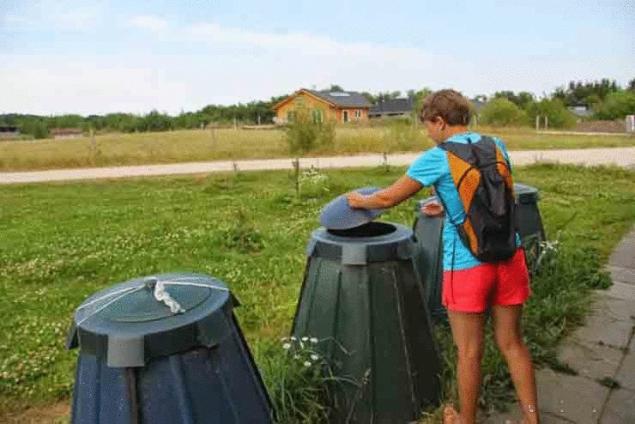
Containers for organic waste. The left is already full and tied with string, not to open. After a few months it will fully compost.
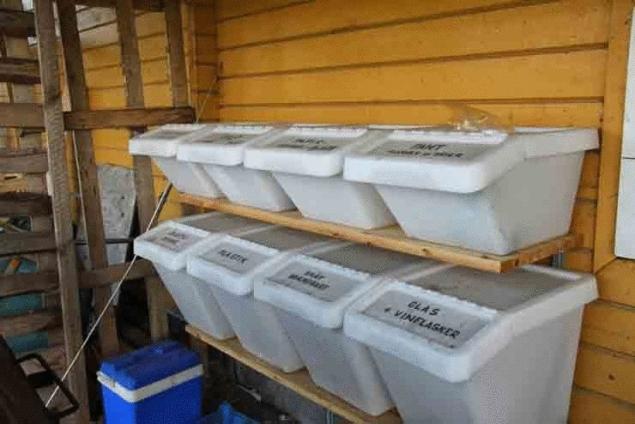
So organized separate collection of waste
The village conducted a municipal water supply. However, for flushing toilets and some other technical needs, the settlers take water from the lake is so economical.
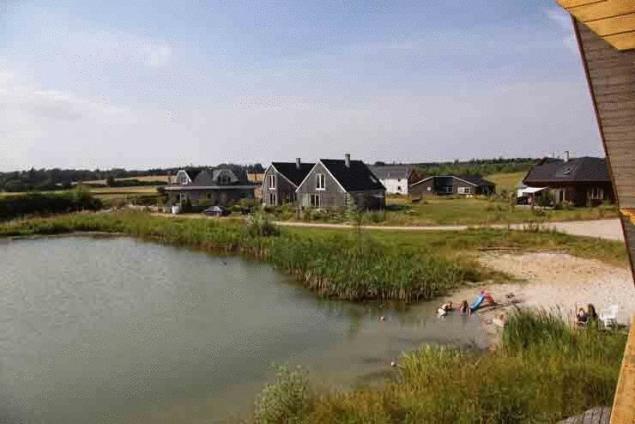
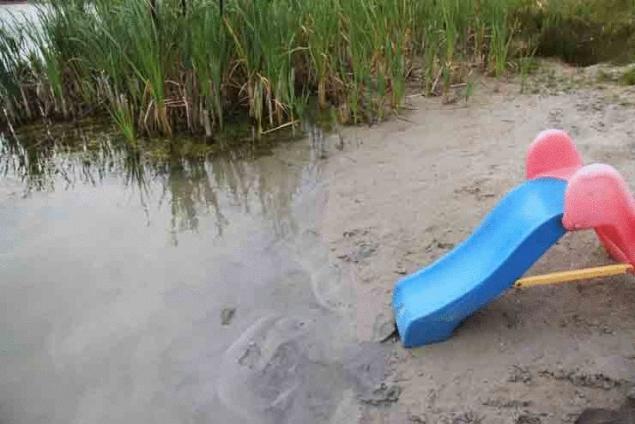
The village has its own organic system of sewage treatment. Water from washing machines, bathrooms, kitchens, allocated underground water pipes to a small area planted with trees of the family Salicaceae. These "living filters" to cope with sewage treatment, which minimizes the seepage of contaminants into groundwater and local water bodies.
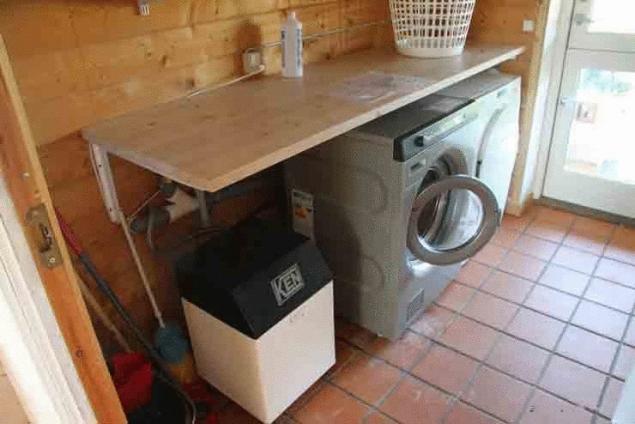
Common industrial washing machine. Its personal, you can not buy
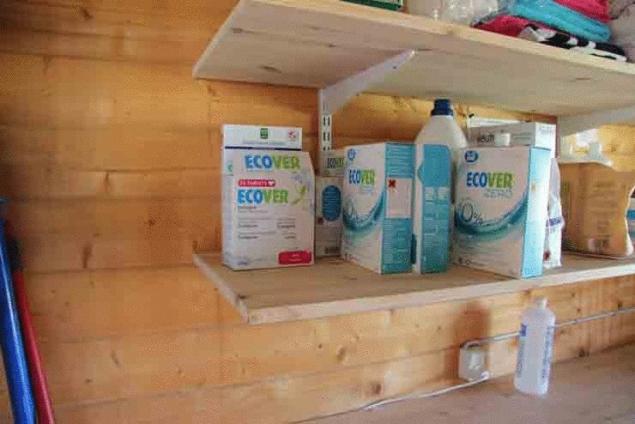
You can use only environmentally friendly powders
To the treatment system worked, the settlement imposed a ban on the use of biologically unsafe household chemicals and cosmetics. The house clean and the kitchen easy to organize and without it. Such cleaning system, which is not familiar to us in Denmark is becoming more and more popular. In parallel, the village trees provide wood for fireplaces. Willow twigs are used for the construction of fences.
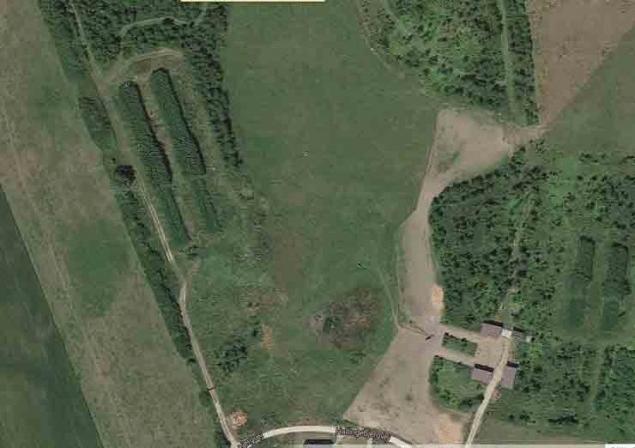
Two rows of trees left and right in the corner – “live filters”
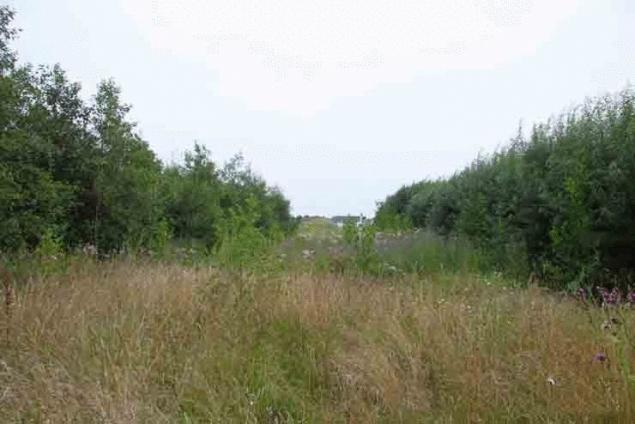
“Down to earth” I do not understand – like woods
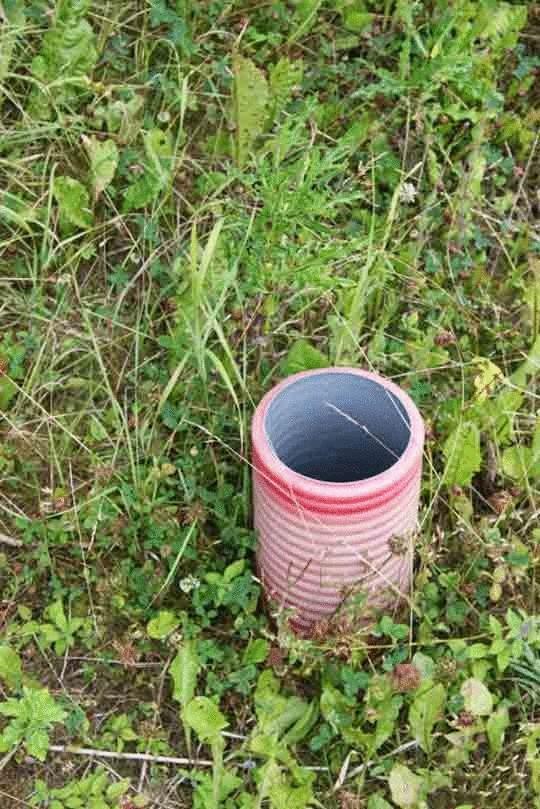
Only from the ground sticking out here such pipe
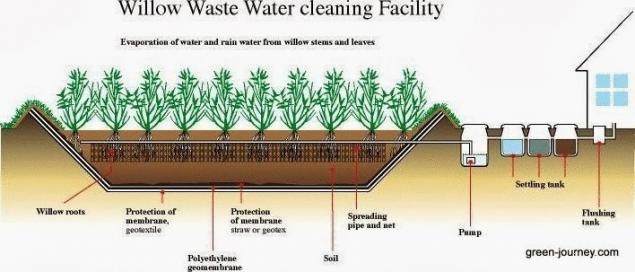
The principle of operation of sewage treatment plants
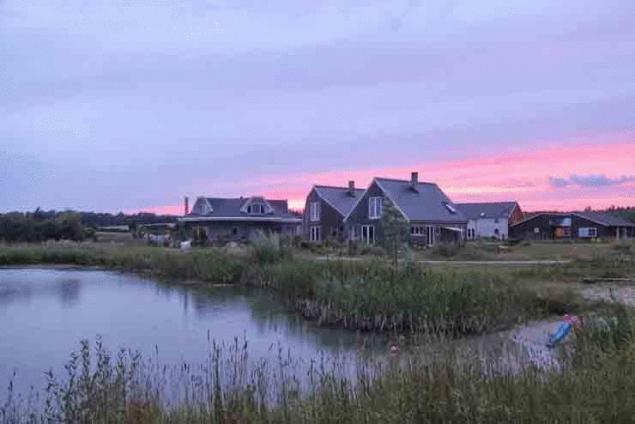
Near the settlement there is a small farm. It provides residents with milk, meat, eggs, cereals, vegetables, fruits. Everything is voluntary: you do not want – do not buy. However, no one refused to purchase organic food that is produced without the use of chemical fertilizers and pesticides. The absence of transport costs and stores of intermediaries reduces the cost of products. The farm is owned by the same family and was established quite a long time, much earlier settlement. The owners are open to cooperation: the farm gives extra work for the residents in their free time, the ability to teach themselves and to teach their children the basics of farming, animal care, collective work. Everyone chooses the degree of their participation. "The architecture of the houses In the centre Challengeless a lake. Nearby are three group homes, these "neighborhoods" are called for its location – North, South, East. Each group of houses is focused on your center: just as it is in Wildrose, there is a common place for adults and kids games. Lawn Northern cottages
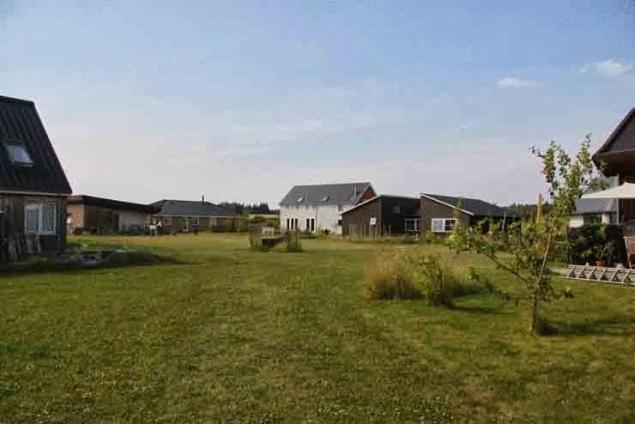
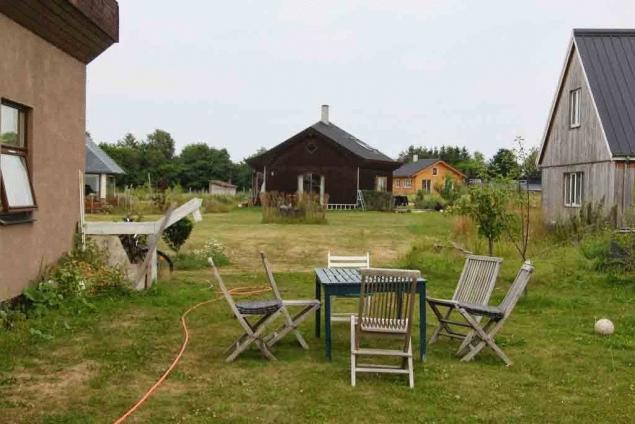
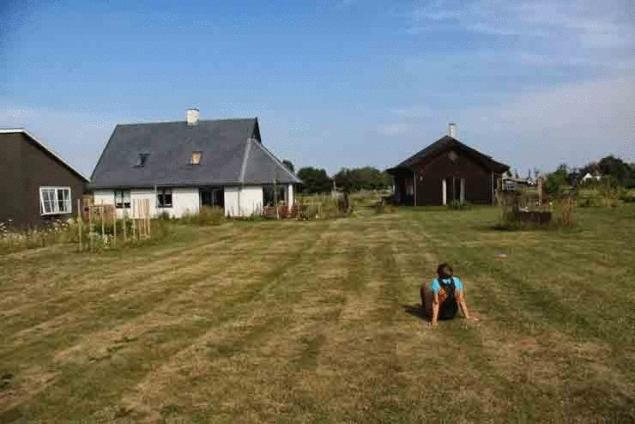
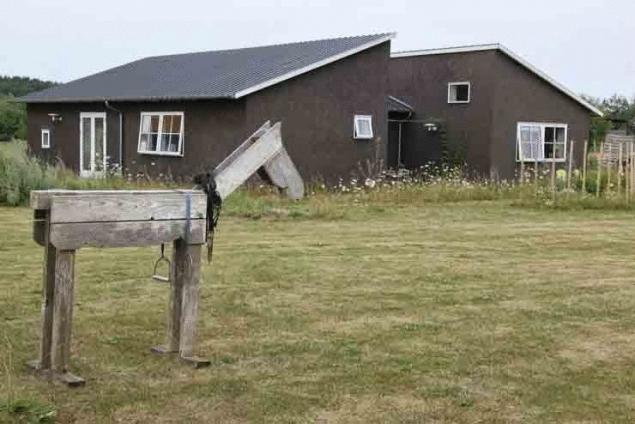
Most of the houses are made of wood and has thatched house. Architectural projects are varied. For example, an interesting wooden building-hemisphere, which are very economical and have minimal heating costs. More familiar in appearance, the homes have many energy efficient solutions: oriented to the South, have glass extensions-“insulation”. In the village you can see the solar photo panels and solar water collectors.
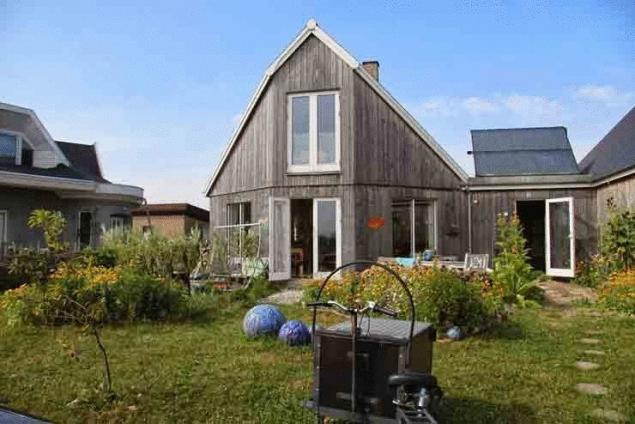
The houses, mostly wooden. Right on the roof – solar collector
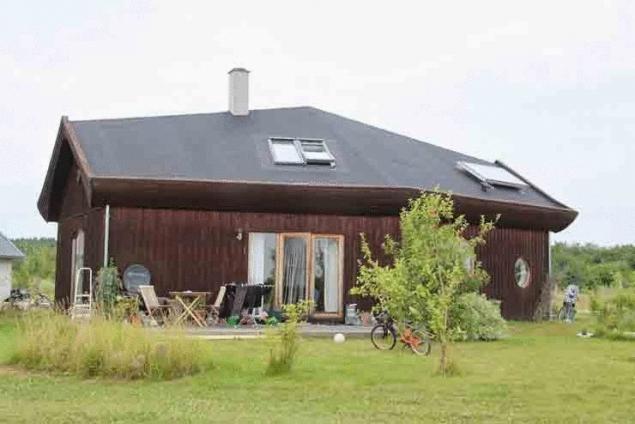
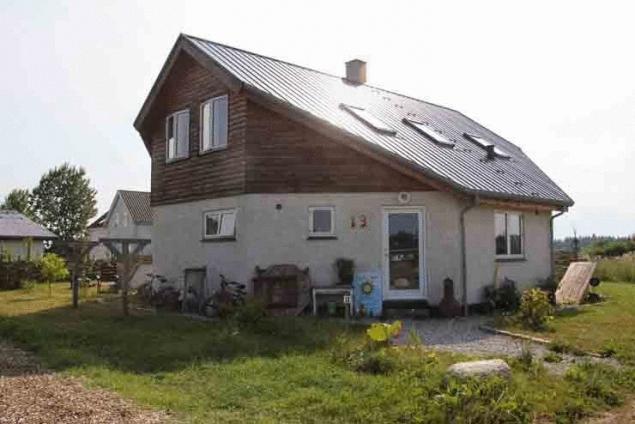
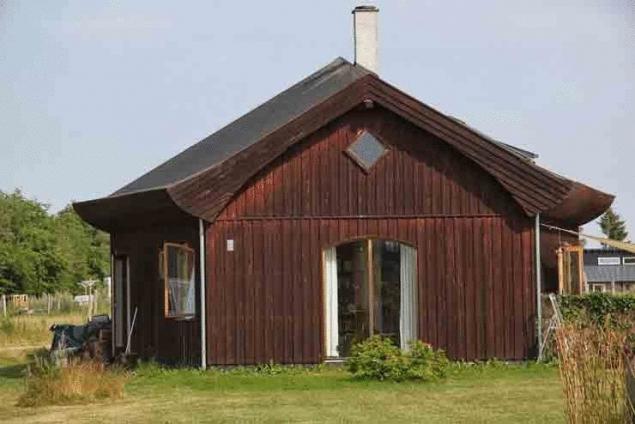

Perhaps the most intriguing houses of the village. Residents are not afraid to experiment
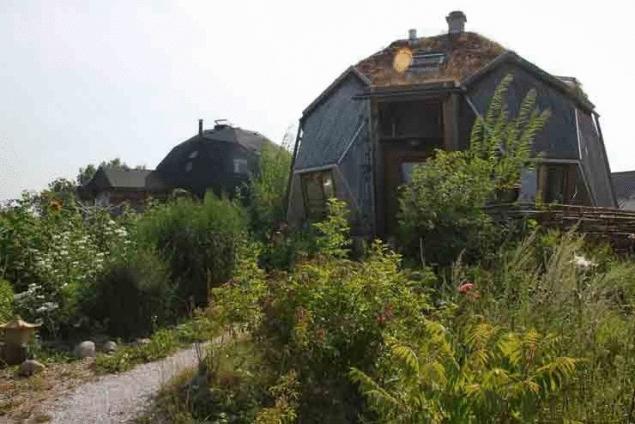
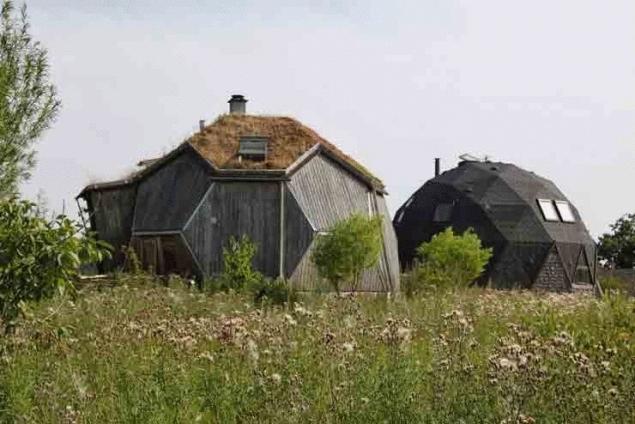
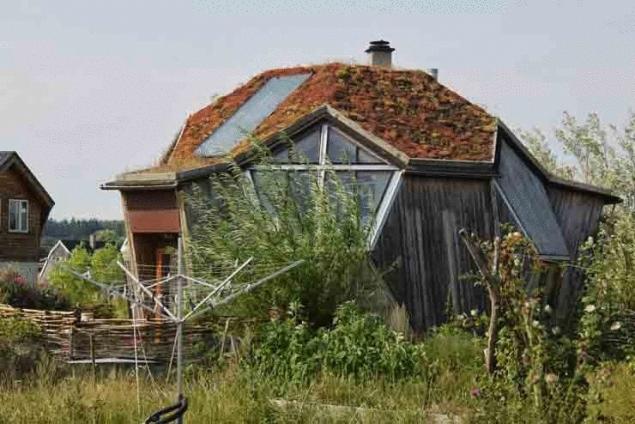
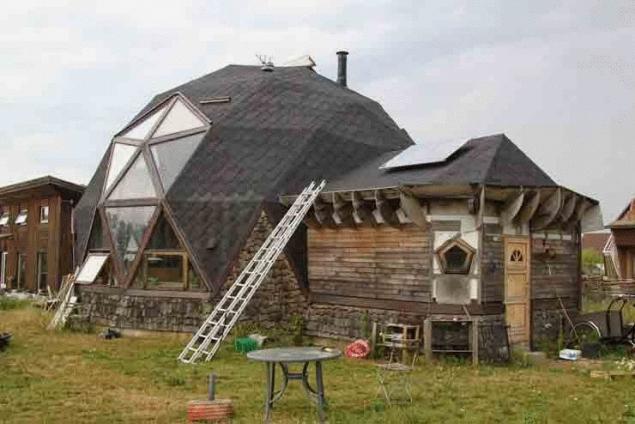
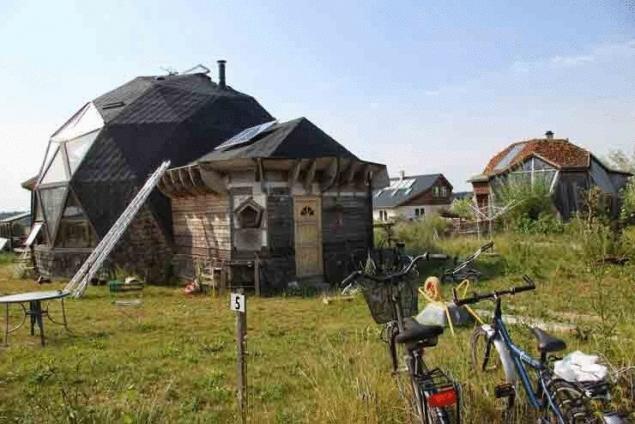
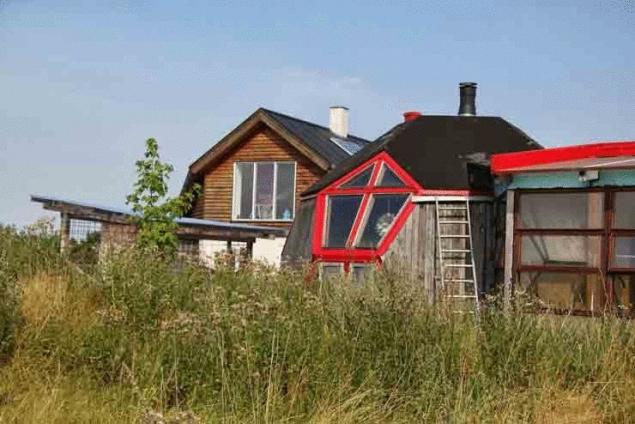
At home I try to build with environmentally friendly materials, cost-effective, although strict public requirements no. Everyone can build what he wants and how he wants. Others can help with advice and labor. "Soul" was home to the "Soul" of the village public house. Here, celebrated birthdays, rest, cook meals together (shared dinners – a permanent phenomenon), communicate, tinkering with the children, watch movies, play guitar and much more. Here collective decisions are taken. Here are master classes from visiting professionals. On the upper floor there is the guest room.
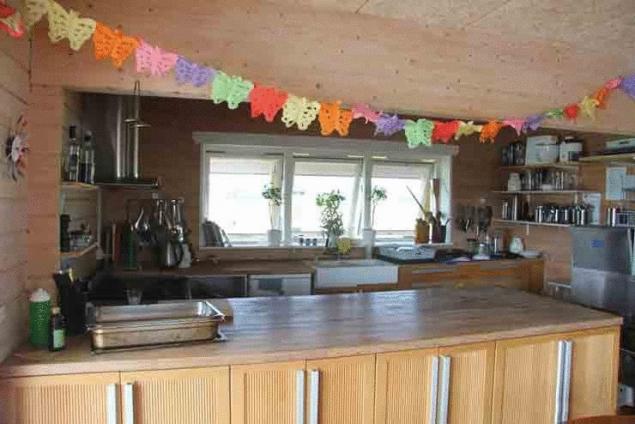
Here cook total dinners
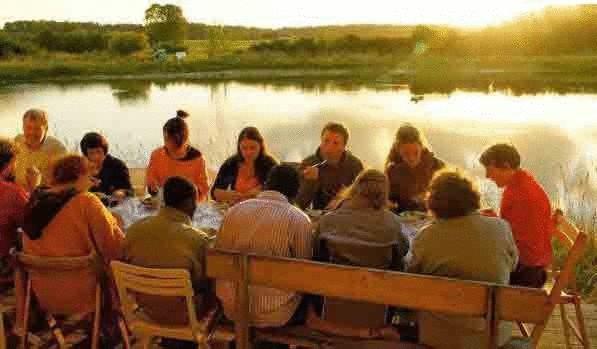
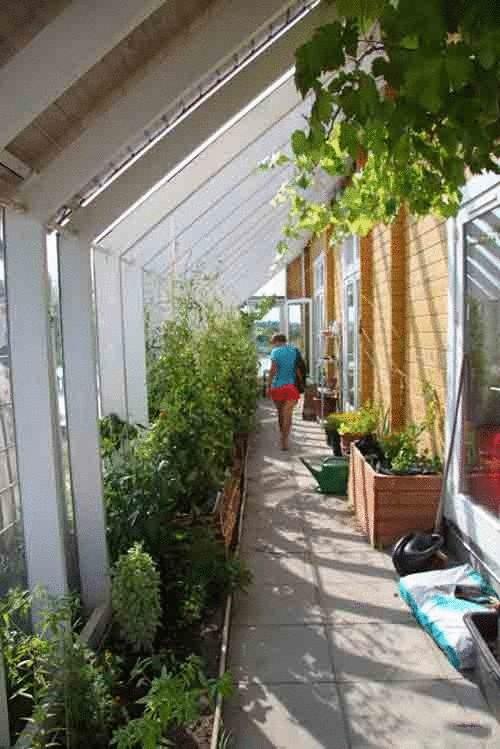
Greenhouse on the South side. And the house insulates, keeping the winter sun's heat, and allows something to grow foods
The center of the settlement. Total house on the right
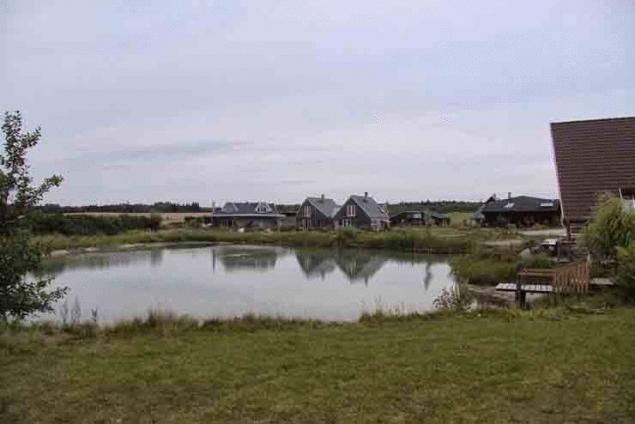
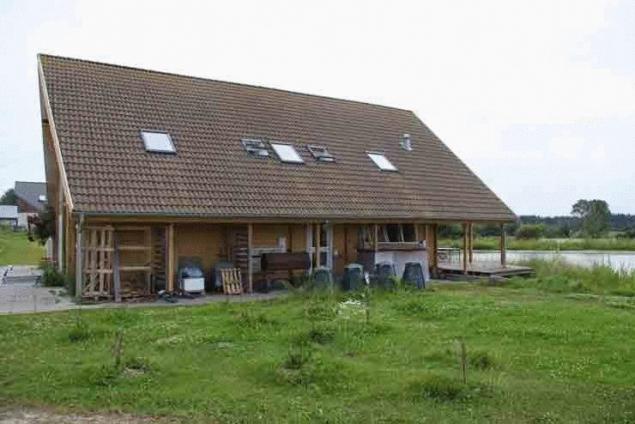
Inside is clean. In the background is the porch at the lake
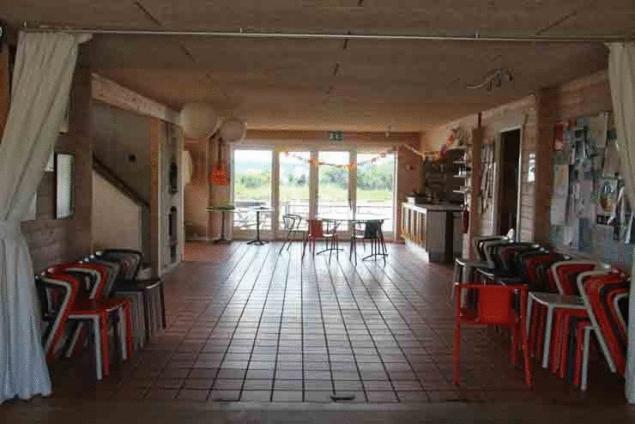
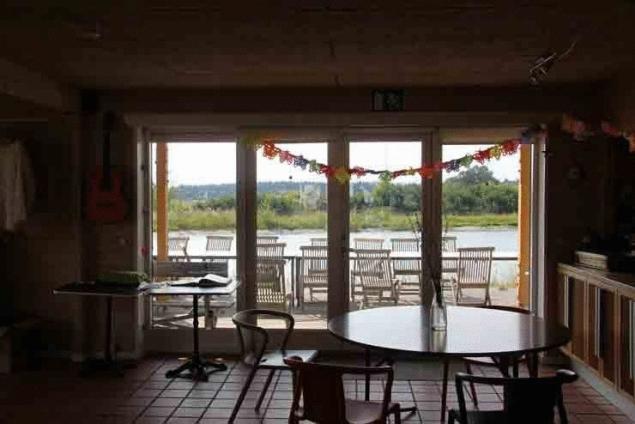
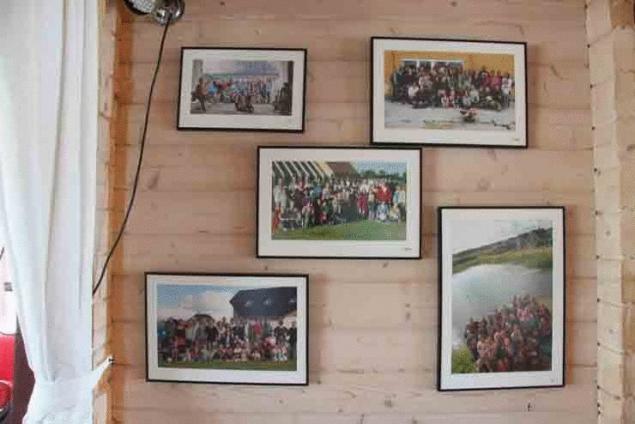
Almost half of the inhabitants of this settlement – children
Children in ekoposeleniy treated as equal
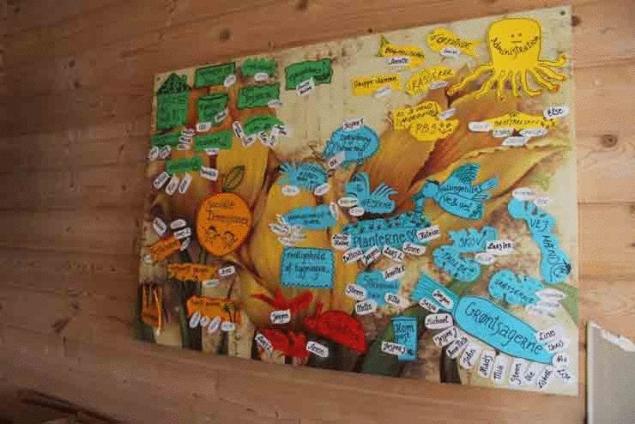
Anyone have any public functions can be examined on the stand
Will not be cold even in winter
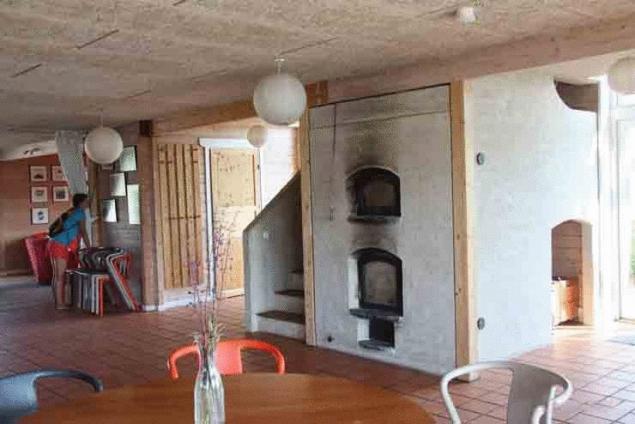
How could it be cold if there is a music corner?
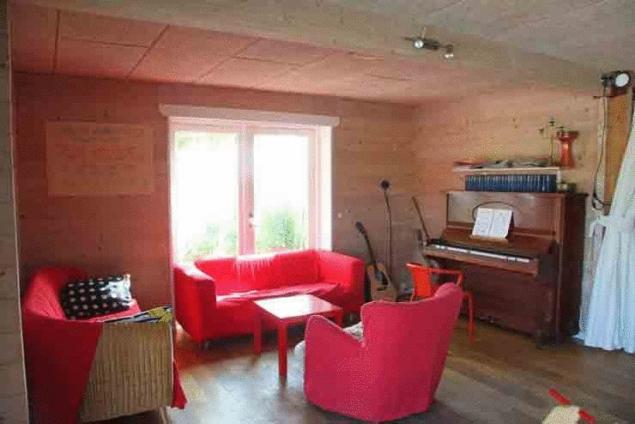
The space of common house provides the opportunity to implement the principles of openness, cooperation, good neighborliness and direct democracy. No-one imposes on the residents of his vision of how to develop the settlement, the people themselves responsible for solving the problems of their settlement. The residents themselves share functions among themselves. Without a settlement will turn into a normal gated development. In fact, most people have settled here not only because of the desire to live in a clean place, but just because of the opportunities that you see for joint action and communication. One of kupilka... commune apartments for the elderly. In Denmark, a strong system of social protection of the population and the government gives opportunity to the pensioner for life to rent an apartment within a certain monetary amount. You can choose to live here.
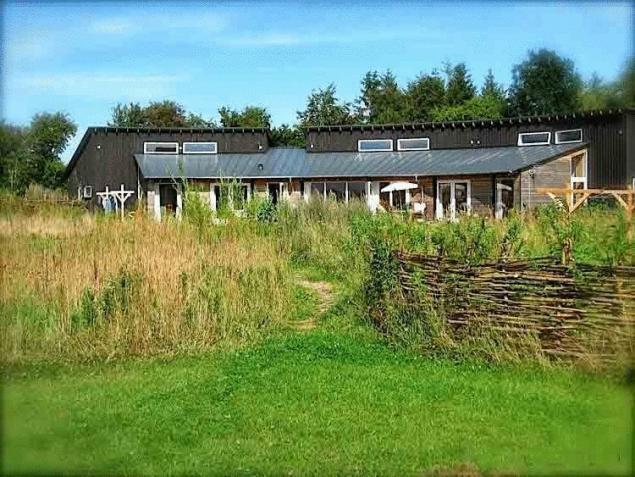
In the foreground is the fence made of willow, with cleaning station
In addition to families living in rented apartments pensioners in Gallinelli is a small municipality. It is situated in a private big house. In the commune of nine people and a dog. Those who chose not to live isolated families. In fact, it is familiar to us “student hostel” Minsk-bedroom apartments, where the friends live together, because that's more fun and cheaper.
Age of residents of the local communes from 4 to 46. Among them is an anthropologist, artist, engineer, teacher, social workers, and an IT consultant. They have a room in a shared house, but share the kitchen, living and meals, budget classes. They make decisions for the entire “family.
The road from Copenhagen city centre to Halliwell takes a lot of time – 40 minutes by train and then 15 minutes on the bike. The distance is about 60 kilometers. There are a number of other major cities. Every day most of the residents are leaving for work there. However, there are those who work in the ecovillage. It therapists, artisans, teachers of educational children's programming."The main thing is not seen..." We are not very lucky in Halligalli we got big August vacation, when most Danes take vacations and travels around the world. In the village was sparsely populated. However, it turned out to find those who over dinner told me about his life. The settlers invited us to stay for the night. We spent the night in the common house, which is usually, the stories, the lack of guests, but now we were in it alone. Despite this, no one asked, is not worried about the safety of things. The main thing is not seen. To understand what lies behind the external comfort and high quality of life, have much more to communicate with locals. Meanwhile back on the island of Zealand...
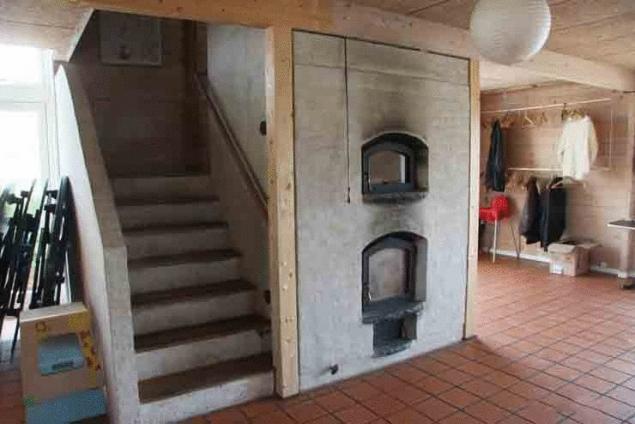
Stairs. There are guest rooms and facilities
The guest room looks like this:

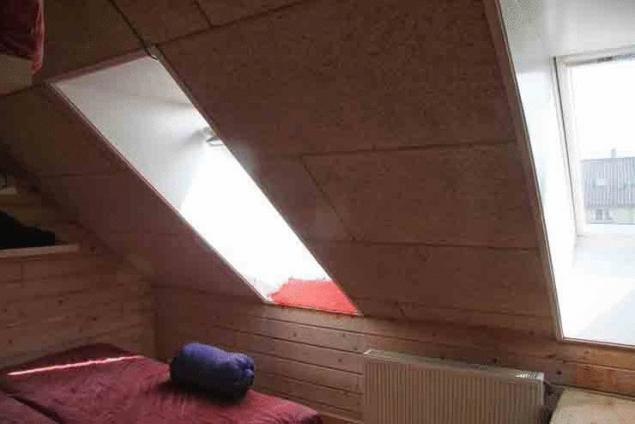
To travel around the settlement, to look at the houses on the “Google car”. Usually the car check, for the sake of children's safety, “ordered”.
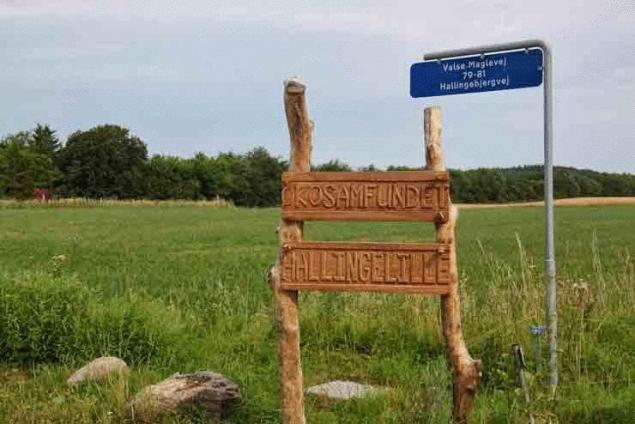
The following report Pavel Gorbunov read exactly nudelittle previously the home of the cooperative Wilkos
the article is written for ecoidea.by
Source: green-journey.com
